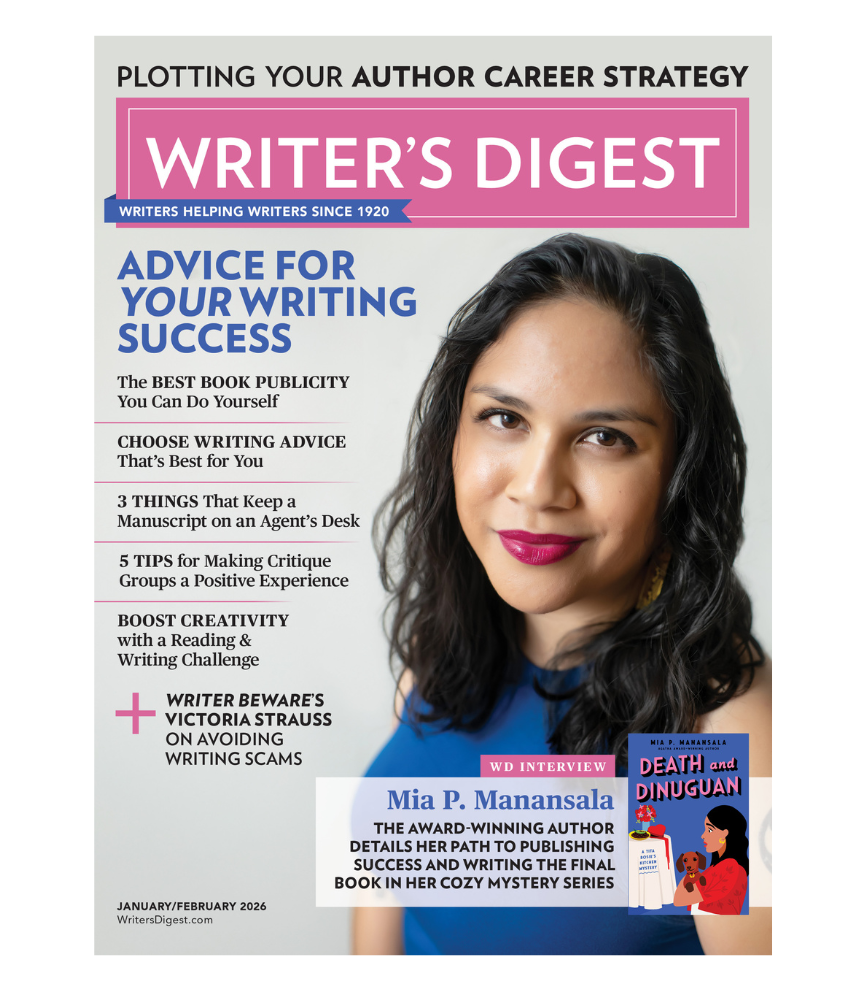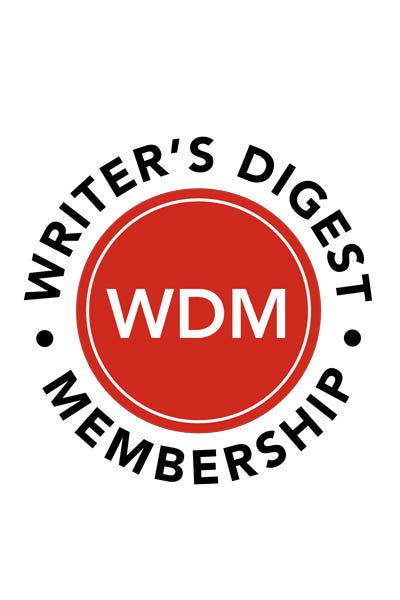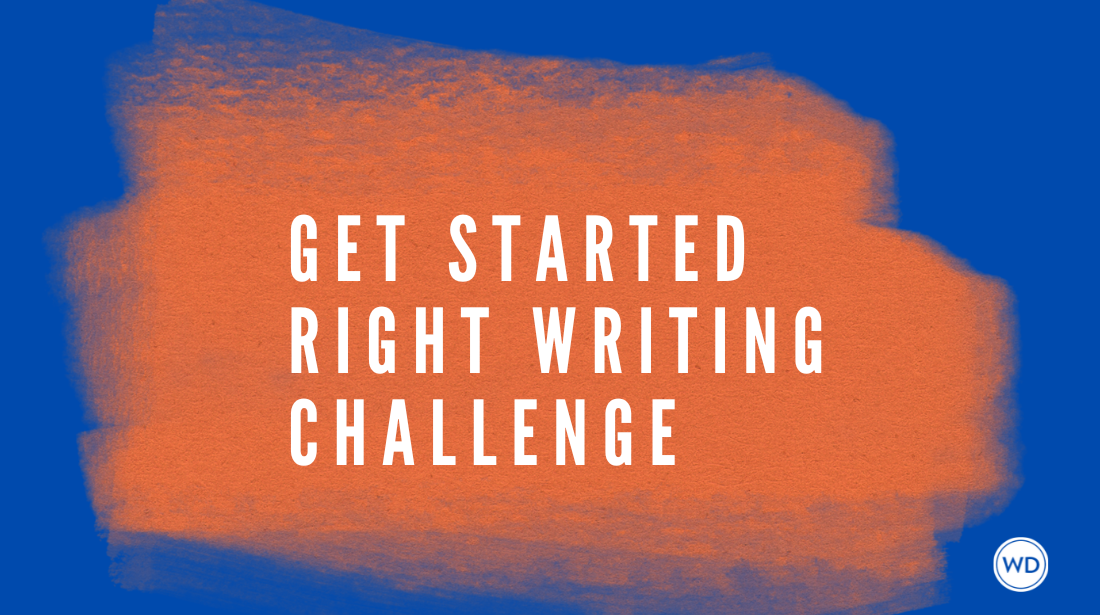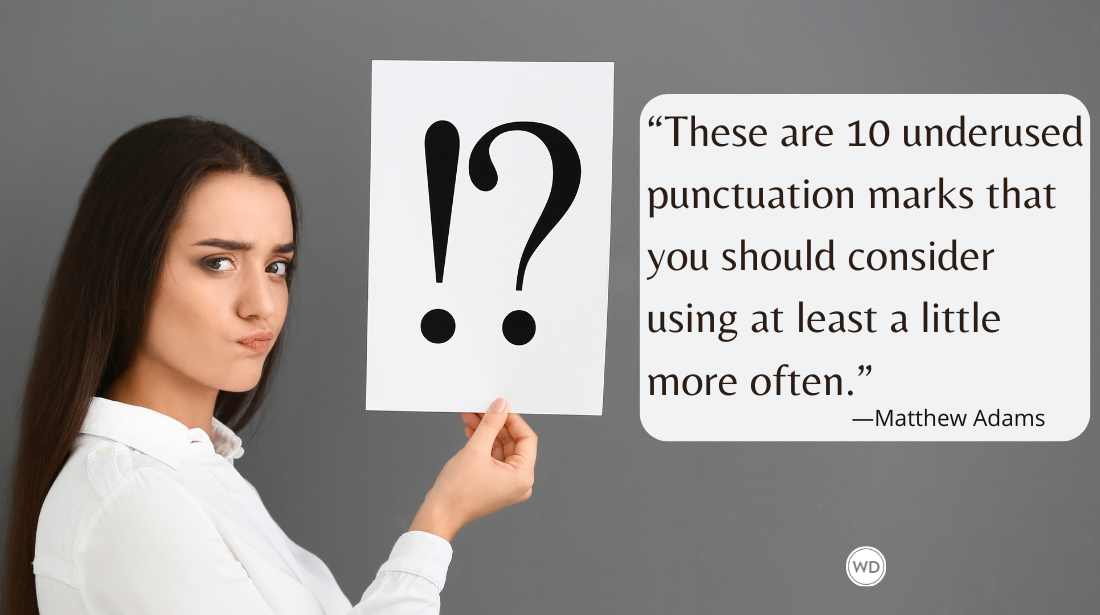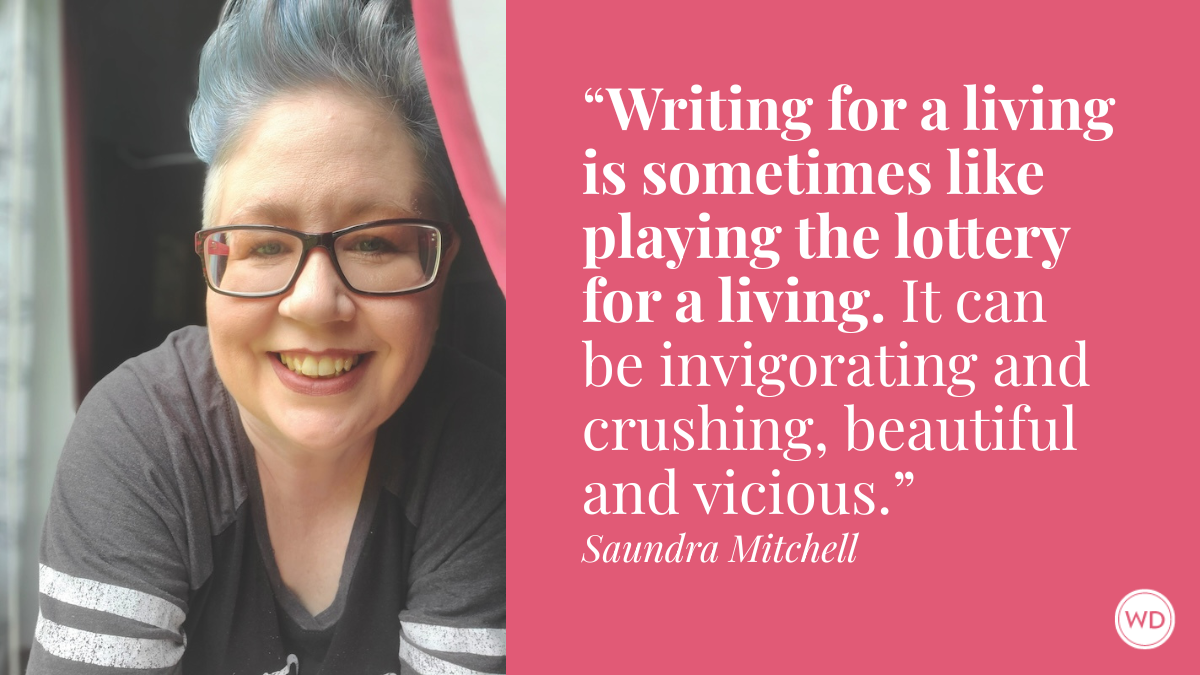Karen Walrond: I’ve Never Been Afraid to Try New Things
In this interview, author Karen Walrond discusses the joy at the center of hew new book, In Defense of Dabbling.
Karen Walrond is the author of The Lightmaker's Manifesto, Radiant Rebellion, and In Defense of Dabbling. As a lawyer, leadership coach, and activist, she has helped thousands of people around the world find purpose and meaning in their lives. Karen and her work have been featured on Brené Brown's Unlocking Us podcast, PBS, Huffington Post, CNN.com, and The Oprah Winfrey Show. A sought-after speaker, Walrond is also the author of The Beauty of Different, and her award-winning blog, Chookooloonks, is a lifestyle, inspiration, and photography destination. Walrond and her family reside in Houston, Texas. Follow her on X (Twitter), Facebook, and Instagram.
In this interview, Karen discusses the joy at the center of hew new book, In Defense of Dabbling, her advice for other writers, and more.
Name: Karen Walrond
Book title: In Defense of Dabbling: The Brilliance of Being a Total Amateur
Publisher: Broadleaf Books
Expected release date: September 23, 2025
Genre/category: Self-Help / Personal Growth
Previous titles: The Lightmaker’s Manifesto, Radiant Rebellion
Elevator pitch: In Defense of Dabbling is a delightful jaunt into how to be a total amateur—by doing the things you love even if you’re not any good at them. From Karen Walrond, author of the award-winner Radiant Rebellion and The Lightmaker’s Manifesto (featured on Life Kit!).
What prompted you to write this book?
I’ve never been afraid to try new things and was noticing more and more that when people witnessed me trying something new, a common response was, “I could never do that,” or “you’re so brave to try that”—even if it was something as mundane and non-threatening as hula-hooping! As I explored more deeply, one young woman said that she didn’t have any hobbies because she was so focused on her career, attempting to make her family proud—and in the process, she’d forgotten how to “be interesting.”
I found this heartbreaking. So, I wanted to learn if it was possible to cultivate hobbies without the need for perfectionism or profit. I’m a Type A person by nature, so I knew in writing the book (especially since I would be telling folks about what I was trying), I’d have to fight the gremlins in my mind that would get loud when I was invariably bad at something. I figured if I came up with a framework for how to embark on a new interest without beating myself up about not being great at it, that it might be helpful for others. And thus, the Seven Attributes of Intentional Amateurism were born: They provide the basis of my thesis on how to be a total amateur.
How long did it take to go from idea to publication? And did the idea change during the process?
In Defense of Dabbling took about a year to write—particularly because I had to make space for dabbling in several activities myself. And yes, the idea of the book certainly evolved—as it always does whenever I’m writing a book—because I tend to write about things I’m wrestling with and seek the advice of experts as I do.
When I first began writing the book, I thought it was going to be a lighthearted little romp in trying fun things—and it certainly was that. But I didn’t expect it to turn into what it truly is: the discovery that cultivating a practice of doing what you love is a self-compassionate, self-transcendent, joyful way to live.
Were there any surprises or learning moments in the publishing process for this title?
Well, because I dabbled in so many things that I’d never done while writing this book, there were lots of learning moments! But one of my avocations, one I’ve practiced for years, is hand lettering. I have journals full of my writing practice. I decided that I wanted to include some of my hand lettering in the book, but of course, this required that I provide digital files to the publisher, as opposed to analog drawings. To make the files as high resolution as possible, I taught myself how to use Procreate and a digital pen—a delightful dabble, in and of itself!
What do you hope readers will get out of your book?
In life, we’re often told that we need to do things like yoga or meditation to take care of our spiritual health. But in the course of writing this book, what I’ve learned, and the concept I hope others are inspired to embed in their own lives, is that creating a cadence of practicing an avocation that you love, purely for the love of doing it, can give you all the self-compassion, self-transcendence and joy that you need. Returning again and again to a passion allows you to practice mindfulness, stretch your comfort zone, even connect with wonder and awe, all so that when you return to the challenges and responsibilities of your regular life, you can be more mindful, more daring and even more present than you’d ever imagined before.
If you could share one piece of advice with other writers, what would it be?
Approach your writing—at least the first draft—as if you’re dabbling in something: write without editing, write with self-compassion, write with daring, write mindfully. Don’t write with the expectation of mastery or excellence—just get it on paper. Play with ridiculous metaphor, if you want, or use the word that you’re not entirely sure of its meaning. On subsequent passes, you can clean up your draft so that it’s coherent and cohesive. But the important thing is to get it on paper first.


